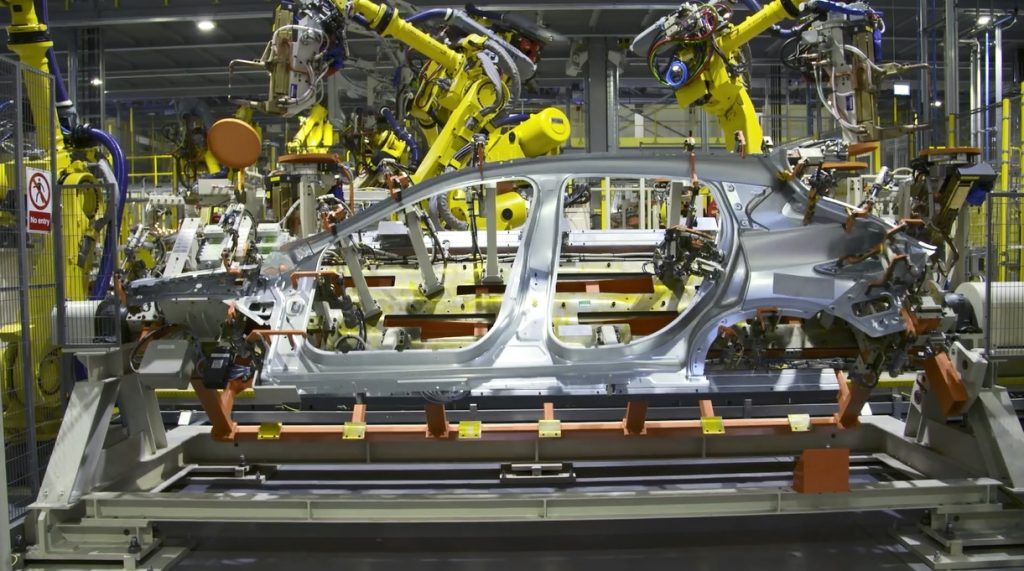The manufacture of transportation equipment in Mexico accumulated four consecutive years of year-on-year growth in real terms, according to data from the Bank of Mexico (Banxico).
However, this growth has slowed from 10.7% in 2022 to 1.3% in 2024.
Mexican production includes automobiles, trucks, buses, four-wheelers, bodyworks, trailers, motorcycles, boats, and aeronautical and railway equipment, among others.
Here is the trend in growth rates of transportation equipment manufacturing in Mexico, at annual rates and in real terms:
- 2018: +5.1 percent.
- 2019: -0.1 percent.
- 2020: -19.7 percent.
- 2021: +9.4 percent.
- 2022: +10.7 percent.
- 2023: +8.9 percent.
- 2024: +1.3 percent.
Transportation equipment in Mexico
Mexico is consolidating its position as a key destination for global manufacturing. Its proximity to the United States reduces logistics times and costs. In addition, it has a skilled and competitive labor force. Added to this is a network of treaties, such as the USMCA, which provides tariff-free access to more than 50 markets, including Europe and Japan.
In 2024, transportation equipment manufacturing in Mexico registered record Foreign Direct Investment (FDI): 9,931 million dollars, according to the Ministry of Economy.
The country has also invested in modern infrastructure: industrial parks, highways, railroads and efficient ports. Finally, programs such as IMMEX reduce fiscal costs and strengthen its attractiveness for foreign investment.
Below is the trend of FDI arrivals in transportation equipment manufacturing in Mexico, in millions of dollars:
- 2018: 6,909.
- 2019: 7,660.
- 2020: 4,139.
- 2021: 4,692.
- 2022: 4,340.
- 2023: 7,350.
- 2024: 9,931.
Supply chains
In 2024, Mexico captured a record $6.925 billion in FDI for the automotive terminal industry, surpassing the $5.091 billion in 2023. This flow came ahead of the second term of US President Donald Trump, who has imposed a wide range of new tariffs.
According to Roland Berger, Mexico stands out for its favorable environment, low costs and resilient supply chains.

